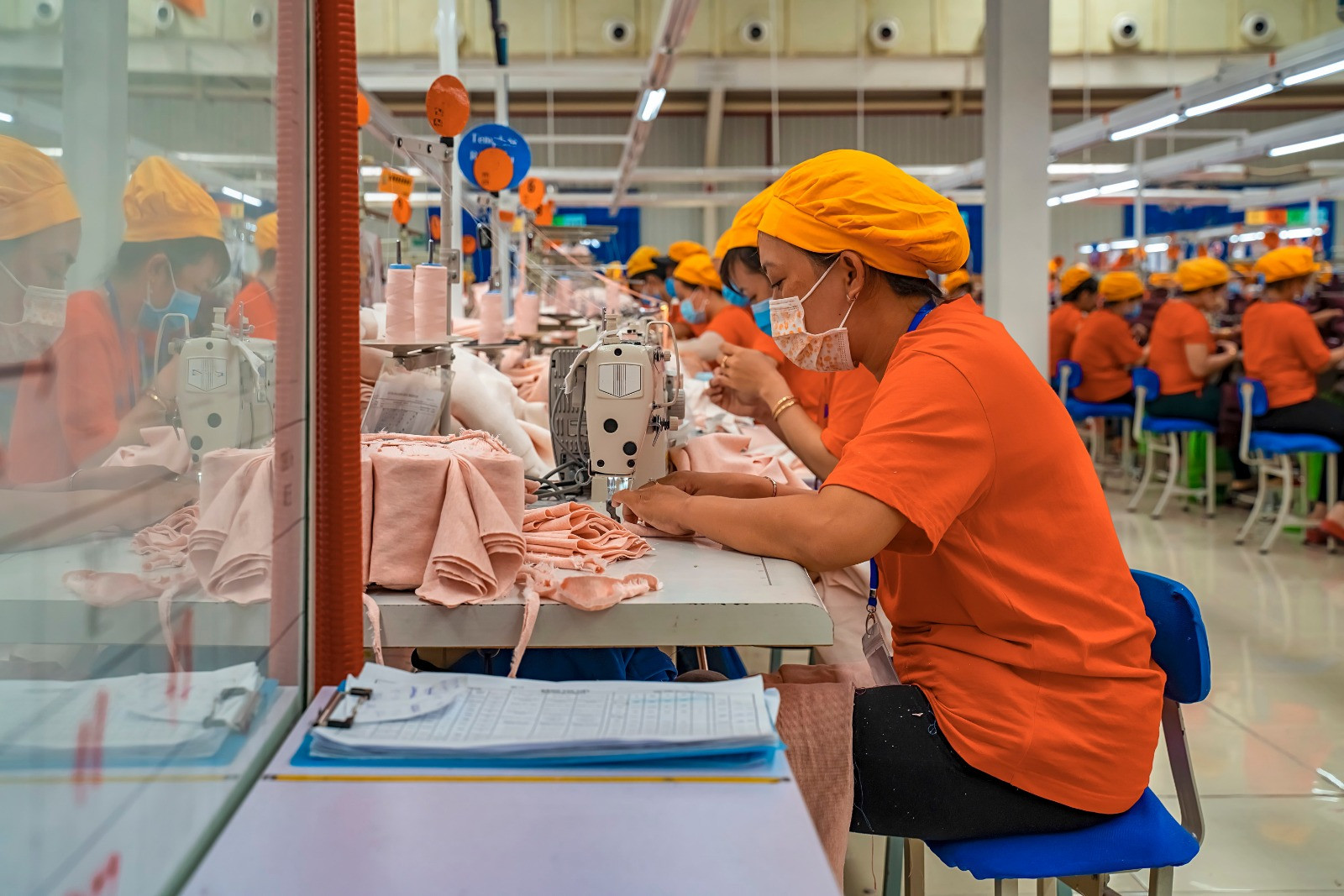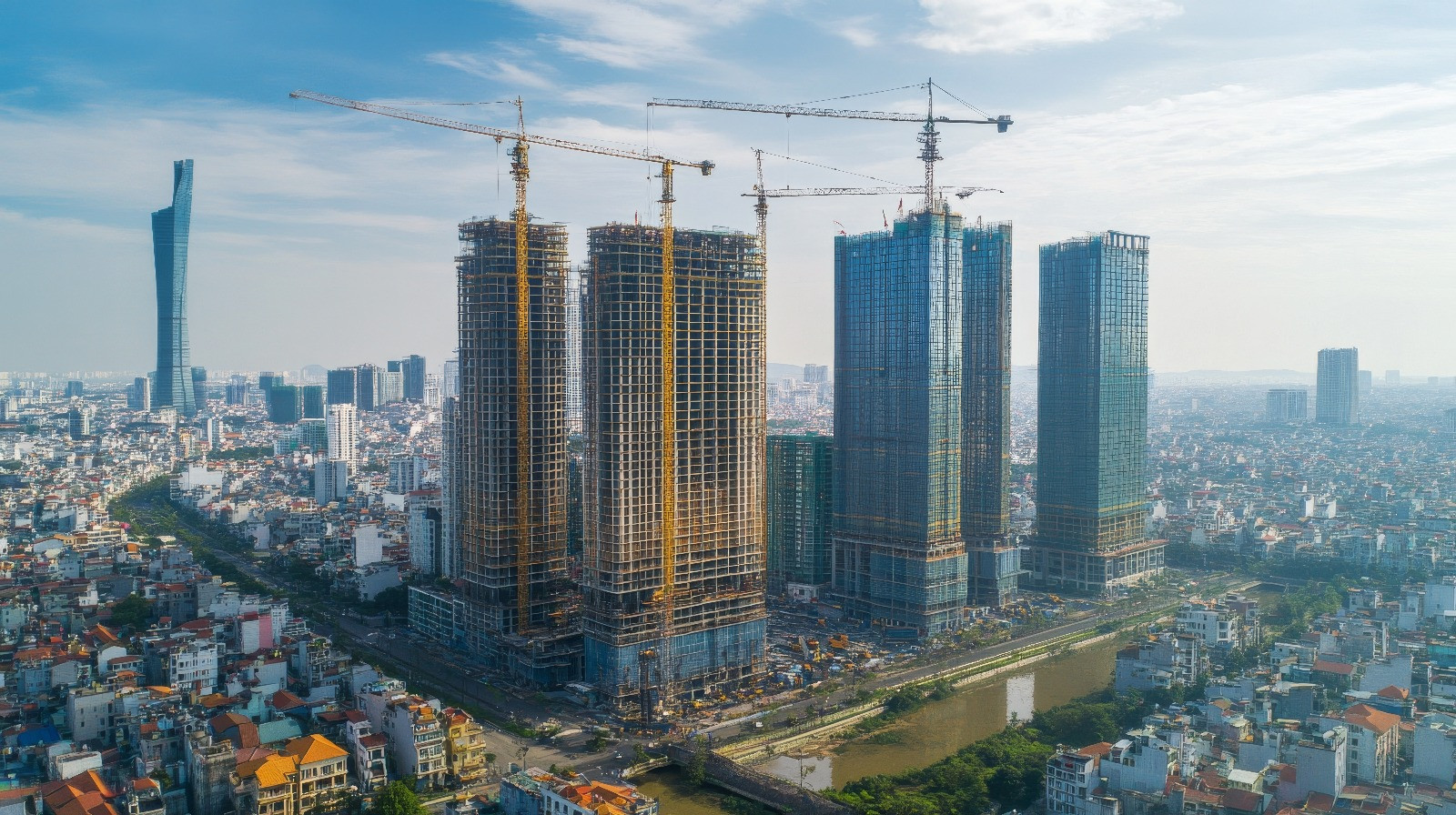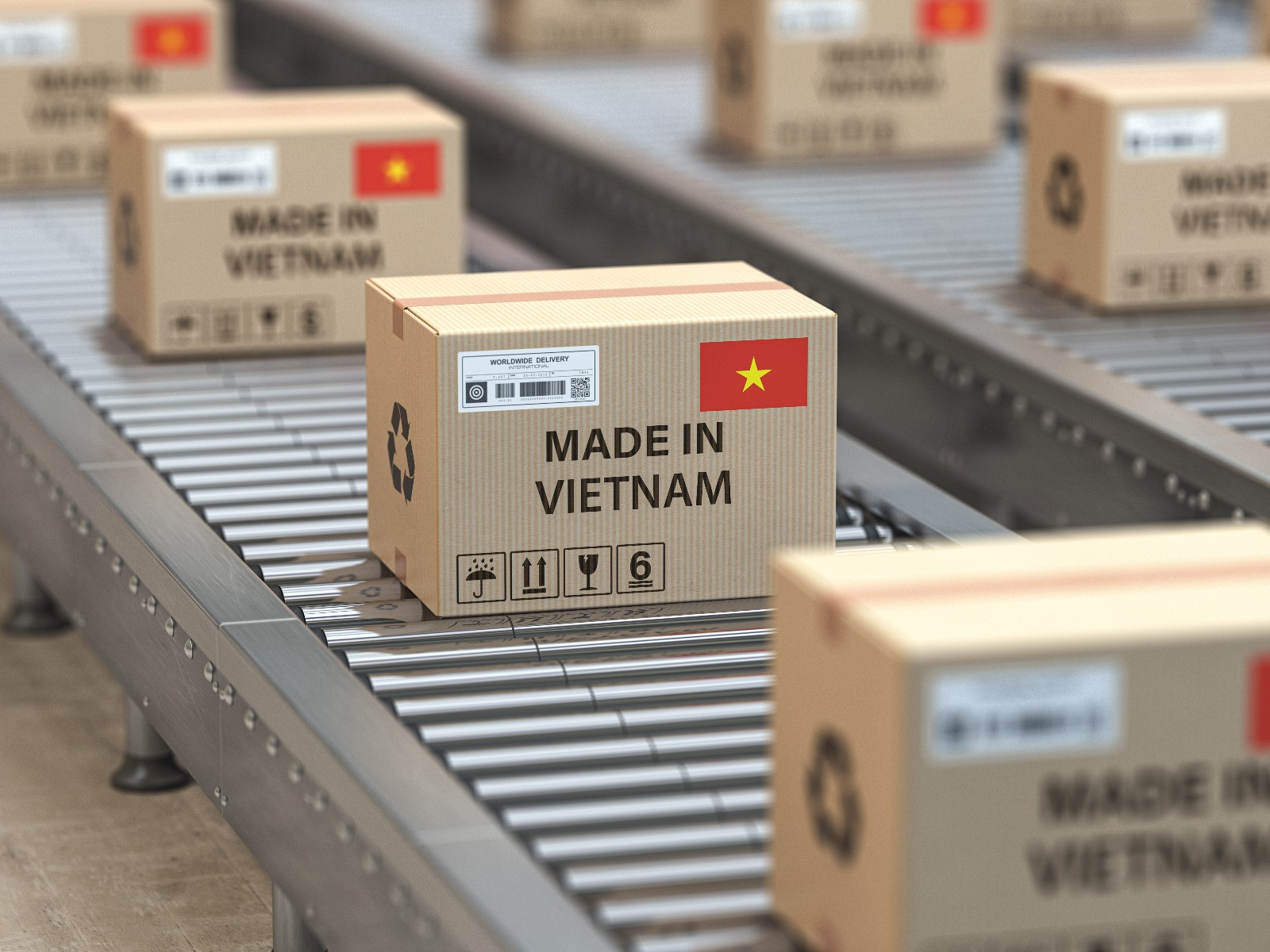Cuba and Vietnam: Recent Strategies and Results
Omar Everleny Pérez Villanueva
The Vietnamese leaders demonstrated highly advanced strategic thinking. In contrast, the Cuban leadership continues to defend an archaic and impoverishing model, the main factor in the deepening crisis.
Beginning in 1993, at the height of the economic crisis—the so-called Special Period—Cuba began a process of economic transformation that allowed it to recover from the deterioration of key macroeconomic indicators.
An invisible hand played a role in this progress: the gradual introduction of elements of market economies. This opening was later halted, and the results were not as expected. Between 2015 and 2019, a counter-reform of the then-prevailing model of state socialism was observed.
Following the COVID-19 pandemic, which affected almost the entire planet, Cuba began a new economic recovery process in 2021. The results were not as expected—in fact, disastrous—and the standard-bearer has been to insist on the need for socialist state enterprise, unlike the Vietnamese experience.
In Cuba, there is an ideological framework that tends to punish the excessive productive success of the private sector. The refrain that the main sector of the Cuban economy is the socialist state enterprise persists, despite its proven failures in economic indicators.
For its part, Vietnam embarked on its reform process known as Doi Moi in 1986. It began with very precise and clear ideas: the market should serve to achieve positive economic results and, consequently, increase people's well-being.
Those initial reforms began under a U.S. embargo amid perestroika and the aftermath of a war that left the country devastated.
The Vietnamese economy was deeply affected by the war, which ended in 1975. Power outages, the destruction of industrial facilities, labor shortages, and logistical difficulties caused by the bombings severely slowed industrial and agricultural activity.
Hanoi declared at the time that major cities, communes, power plants, waterworks, railways, roads, and ports were severely damaged or destroyed.
The human toll was catastrophic: more than three million deaths, hundreds of thousands of disabled, orphaned, and widowed children, as well as an exodus of professionals and skilled workers. More than 400,000 head of livestock were lost. Thousands of square kilometers of agricultural land were damaged.
The starting point of Vietnamese reform occurred under harsher conditions than those Cuba was experiencing when it began its reform in the 1990s.
Both countries are governed by socialist systems. The Communist Party leads the government and society. However, the economic outcomes in both are almost diametrically opposed.
The question then is why, if both had similar starting points in their socialist model, and if Vietnam suffered total devastation of its territory, it now presents admirable indicators while Cuba finds itself in a lamentable economic situation.
The answer lies in the economic model. In Cuba's case, a blockade by the world's leading economy remains in place—although this isn't the only reason for its negative results.

The Cuban economy
In 2024, the economic situation was very discouraging. Nothing changed in terms of concrete data compared to 2023. And in 2025, it's at its worst. The same imbalances and distortions of recent years are repeated, basically:
- High fiscal deficit, although in 2024 there was some decrease compared to 2023.
- Excessive monetary issuance. It fails to recover through revenue to the state budget due to the low state supply of goods and services.
- Extremely limited production. There have been setbacks in recent years in agriculture and industry.
- Significant limitations on fuel arrivals in 2024 and 2025.
- Given the external debt, few loans are received. The current account balance is negative.
- The sugar harvest is one of the lowest in the last hundred years. Of a reduced plan for 2025, only 40% was met. This has led to sugar imports to try to meet domestic needs.
- The purchasing power of wages and pensions continues to deteriorate. Despite some increases, inflation is outpacing them.
- The once basic basket is experiencing great difficulties in providing for Cuban families. It could be said that it no longer exists.
- Non-compliance with income from the main exportable items—nickel, sugar, honey, rum, and shrimp.
- Tourism has been declining since 2022. Forecasts have not been met, with a 25% drop in the number of international visitors in August 2025 compared to 2024.
- The country has been subject to extended blackouts since 2024, but with further electricity deficits starting in 2025. Power outages have occurred four times.
The above indicators suggest that the Cuban economy is very close to bankruptcy. The authorities are taking measures that do not help overcome these negative trends.
Although some measures have been announced for the second half of 2025, such as achieving a more balanced exchange rate, the reality makes their implementation unlikely.
The following graph demonstrates the outlook since 2019, although it includes the effects of Covid-19:
Chart 1: GDP by economic activity at constant market prices in %
The fiscal deficit is quite high, although an effort was made in 2024 to lower it by reducing expenses due to non-execution of the budget allocated for investments and a lack of materials for activities assigned to the budgeted sector.
Chart 2: Fiscal deficit relative to GDP
Cuba experiences rampant inflation every year, as can be seen in the following consumer price index graph. The increase in prices is affecting the general population, but especially retirees and pensioners, as well as budgeted workers such as those in education, healthcare, and public administration, among others.
Chart 3: Consumer Price Index
The Vietnamese economy
Vietnam is demonstrating an ambitious structural transformation. Since 2025, it has launched more comprehensive reforms, building on the historic changes of the 1986 Doi Moi :
At the ninth session of the National Assembly in June 2025, the government addressed a wide range of issues, including electricity, data regulation, the rights of dual nationals, and agrarian reform.
With Doi Moi 2.0, Vietnam is experiencing a rapid shift from announcements to results, evidenced by 34 laws passed by June 2025 and sweeping administrative changes.
The reforms are based on four pillars: Resolution 57 (science and technology), Resolution 59 (deeper insertion into high value-added global supply chains), Resolution 66 (eliminating overlapping rules by the end of 2025 and digitizing a transparent legal framework by 2030), and Resolution 68 (the private sector promoted to "the most important driving force", with a target of 2 million businesses and at least 20 national champions. [1]
Resolution 57 focuses on technological advancement, especially in certain priority sectors. The government aims to increase R&D spending, attract foreign experts, and take other measures to further boost technology exports and create five world-class digital technology companies by 2030. [2]
Resolution 59 seeks to secure Vietnamese companies at the highest value-added levels of global supply chains while continuously developing, attracting more capital to domestic markets, and attracting more international financial firms and experts.

Resolution 66 mandates a comprehensive review of the legal framework at the systemic level, eliminating overlapping and contradictory/inconsistent rules by the end of 2025, with the goal of enabling both the public and private sectors to achieve better outcomes.
Resolution 68 elevates entrepreneurship as a pillar of national identity. Entrepreneurs are now seen as "new warriors on the economic front" with an explicit mandate to drive greater private sector growth. Under Resolution 68, the private sector is elevated from a mere "component" to "the most important driving force of the economy."
The strategy to accelerate its growth is two-pronged: cultivating 20 national champions, as well as fostering the growth of smaller businesses. The government aims to double the number of SMEs in Vietnam, from 1 million to 2 million by 2030, and to foster the growth of the SME sector and transform informal family businesses into duly registered SMEs integrated into the formal tax system.

And while Cuba embraces centralization and the growing power of hypercentralizations, with its new 2.0 strategy Vietnam aims to do the following: [3]
- The private sector comes first . Making private enterprise "the most important driving force" of the economy. A fundamental shift from historical approaches.
- Bureaucratic streamlining . Reduction of ministries from 18 to 13. Reduction of 63 provinces to 34, and reduction of administrative bureaucracy by 30%.
- "Transform to reform, optimize to mobilize ." Moving from pre-licensing to post-licensing systems while reinvesting savings in infrastructure, education, and technology.
- National Champions . Developing 20 large companies integrated into global value chains while maintaining competitive pressures.
GDP growth forecasts rise to 6.9% (2025) and 7.4% (2026) with plans to grow in the medium term above 7% annually compared to 6% in the last decade.
A selection of some macroeconomic indicators demonstrates the viability of the economic policy followed.
For example, the Gross Domestic Product—with the exception of 2020 due to the effects of COVID-19—has continued to grow annually.
Chart 4. Vietnam's GDP
At the beginning of its reforms, Vietnam suffered from hyperinflation. However, state policies quickly reversed it, as can be seen in the following graph:
Chart 5. Consumer price index in % in Vietnam
But given the need to integrate into the Asian region and the world, and to obtain the resources necessary for its development, exports of goods and services were encouraged. Today, Vietnam exports $405 billion. When its reform began, it exported $1.7 billion annually.

Chart 6: Exports of goods and services in Vietnam.
These export levels allowed its trade balance in goods and services to begin to show a surplus in 2012, which is still true today.
Chart 7: Vietnam's trade balance in goods and services
Through their reform initiatives, Vietnamese leaders demonstrated highly advanced strategic thinking. In contrast, the Cuban leadership continues to defend an archaic and impoverishing model that is the main factor in the deepening crisis on the island. The saddest thing is that today, Vietnam is organizing monetary collections to send to Cuba.
Final thoughts
A summary analysis of some areas of the Cuban economy shows that it has not recovered from previous periods of economic improvement. However, the authorities fail to clearly explain the shortcomings of the centralized planning system. The so-called macroeconomic stabilization program remains unspoken.
Meanwhile, Vietnam continues to demonstrate with its economic indicators that the path followed by giving the market a significant role has guaranteed its success.
The Cuban economic situation requires the State to implement redistributive measures within society, stop subsidizing recurrently unprofitable businesses, and increase the pensions granted before the so-called monetary restructuring. It also requires ending generalized subsidies for all social groups to benefit the lowest social classes, among other short-term measures.
The solution everyone repeats is to implement comprehensive economic reform, which has been postponed time and again, and give the market the role it deserves in a society with so much economic inefficiency.
[3] Comments by Ricardo Torres on the cited article
![OpenAI. (2025). Symbolic photograph of the Cuban and Vietnamese flags on a negotiating table [Image generated by artificial intelligence]. ChatGPT (version GPT-5). https://chat.openai.com/ On a polished wooden table, two small flags are placed side by side. On the left is the Cuban flag, with blue and white stripes and a red triangle with a white star. On the right is the Vietnamese flag, red with a large yellow star in the center. In front of each flag, there is a document with a pen, and further back, bottles and glasses of water. The atmosphere conveys formality and cooperation between the two countries.](https://horizontecubano.law.columbia.edu/sites/horizontecubano.law.columbia.edu/files/styles/cu_crop/public/content/Cuba%20Viet%20Nam_2.png?itok=m8XMQn3Y)

No comments:
Post a Comment